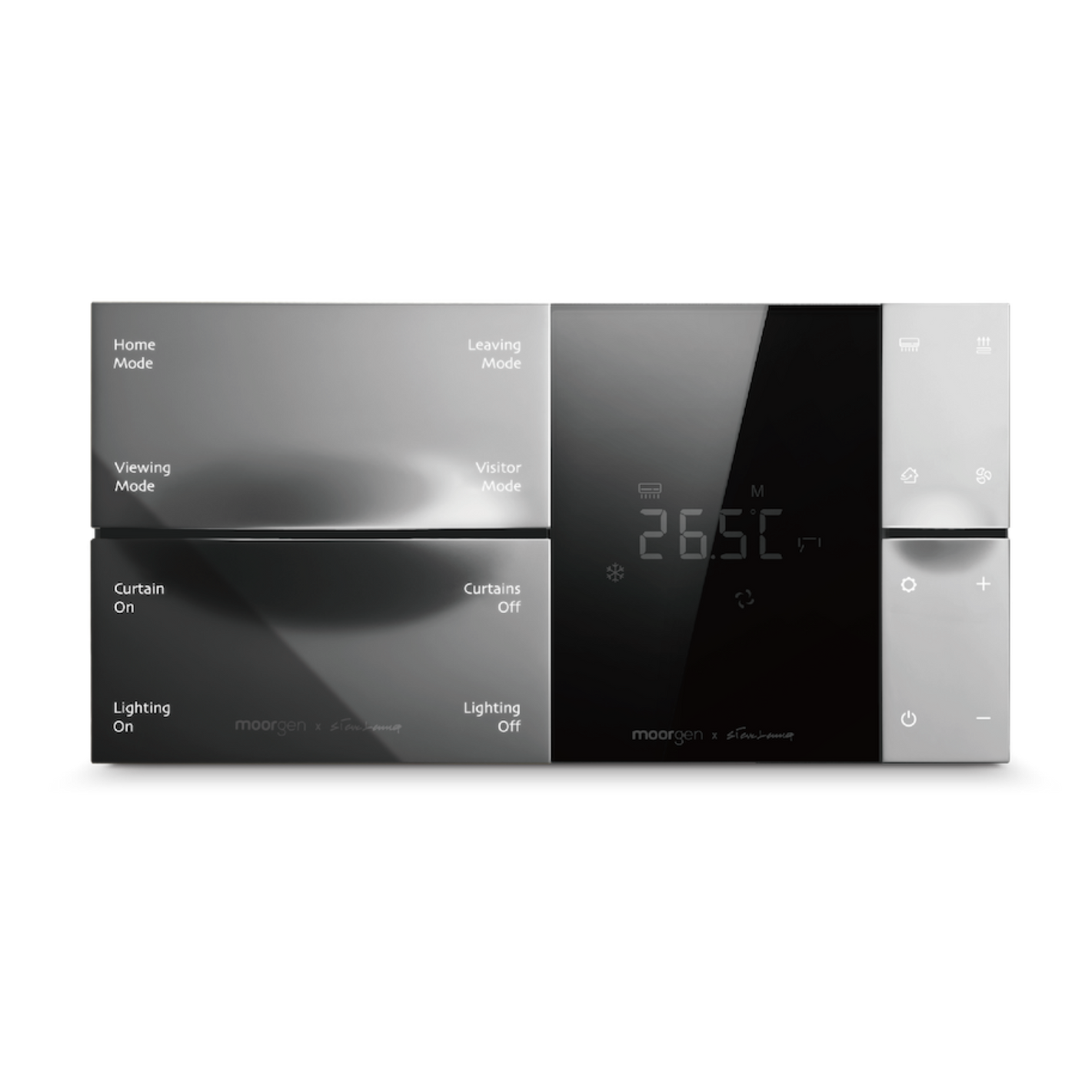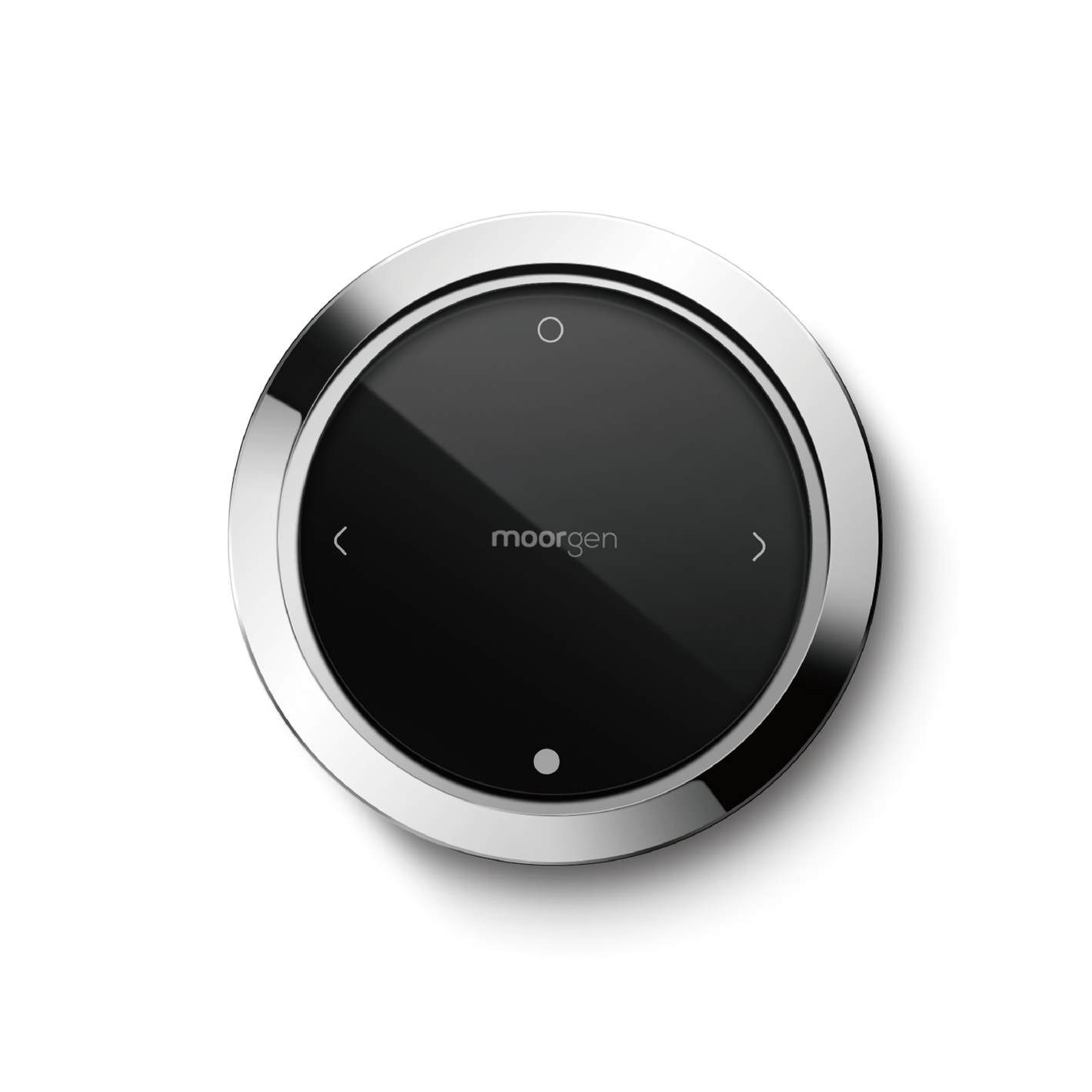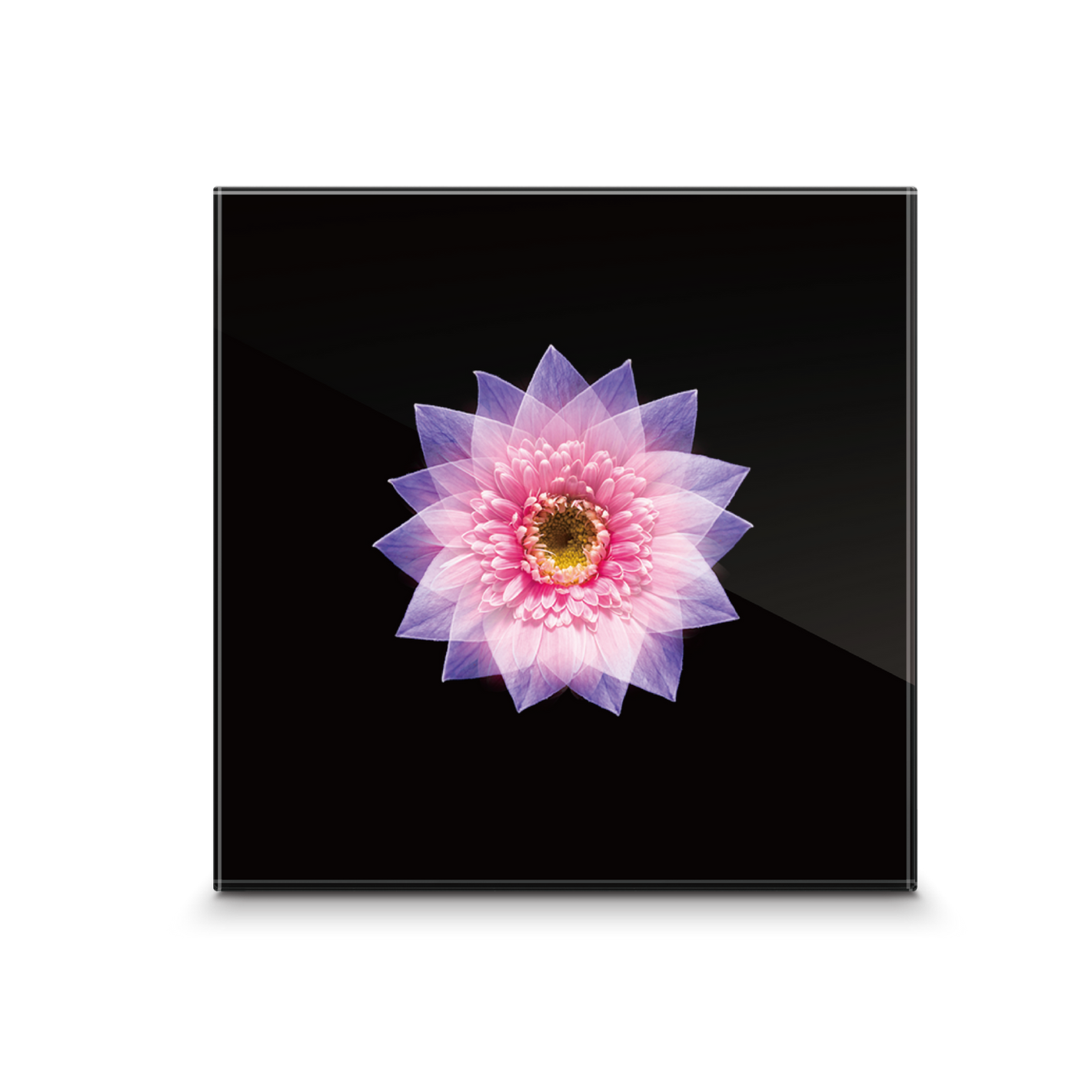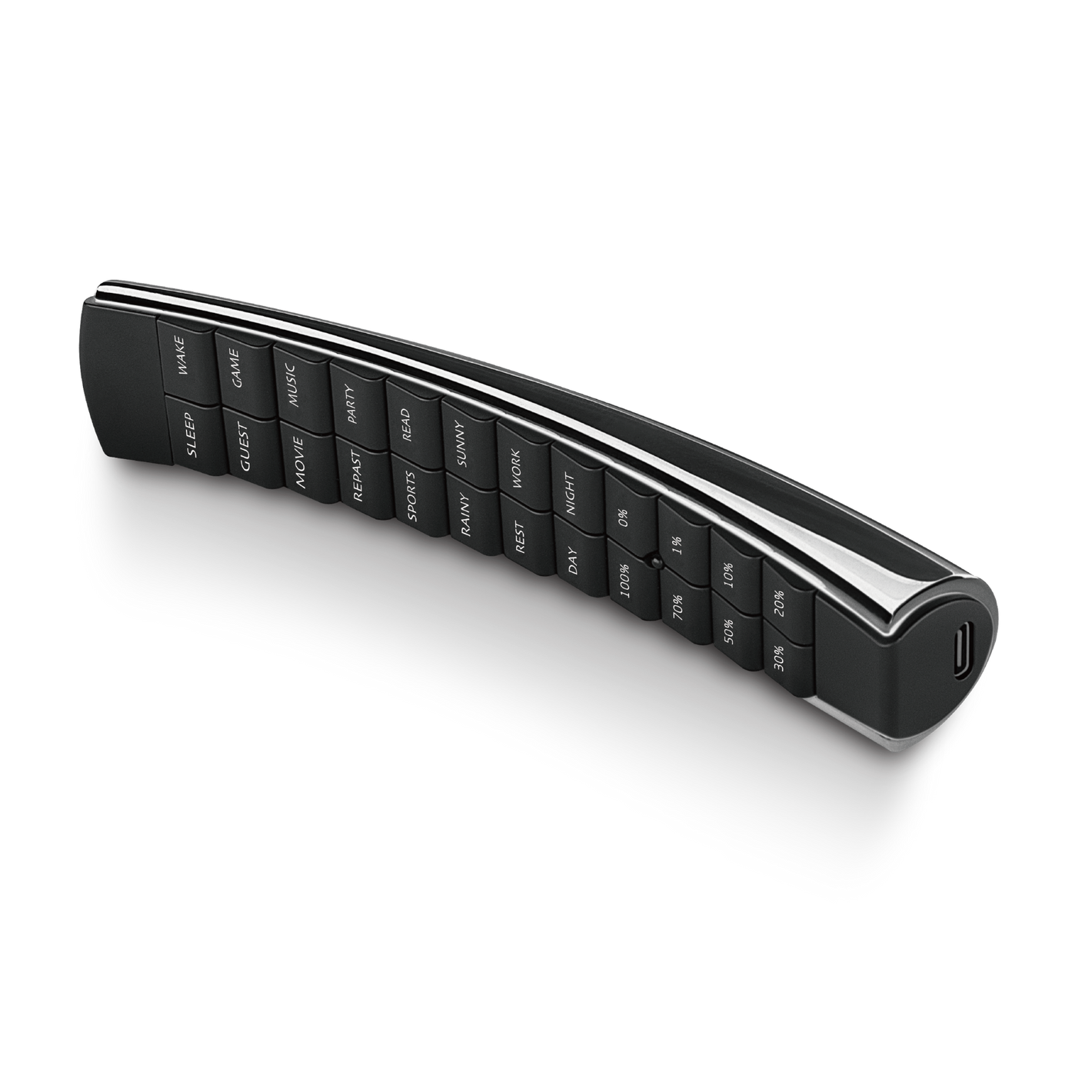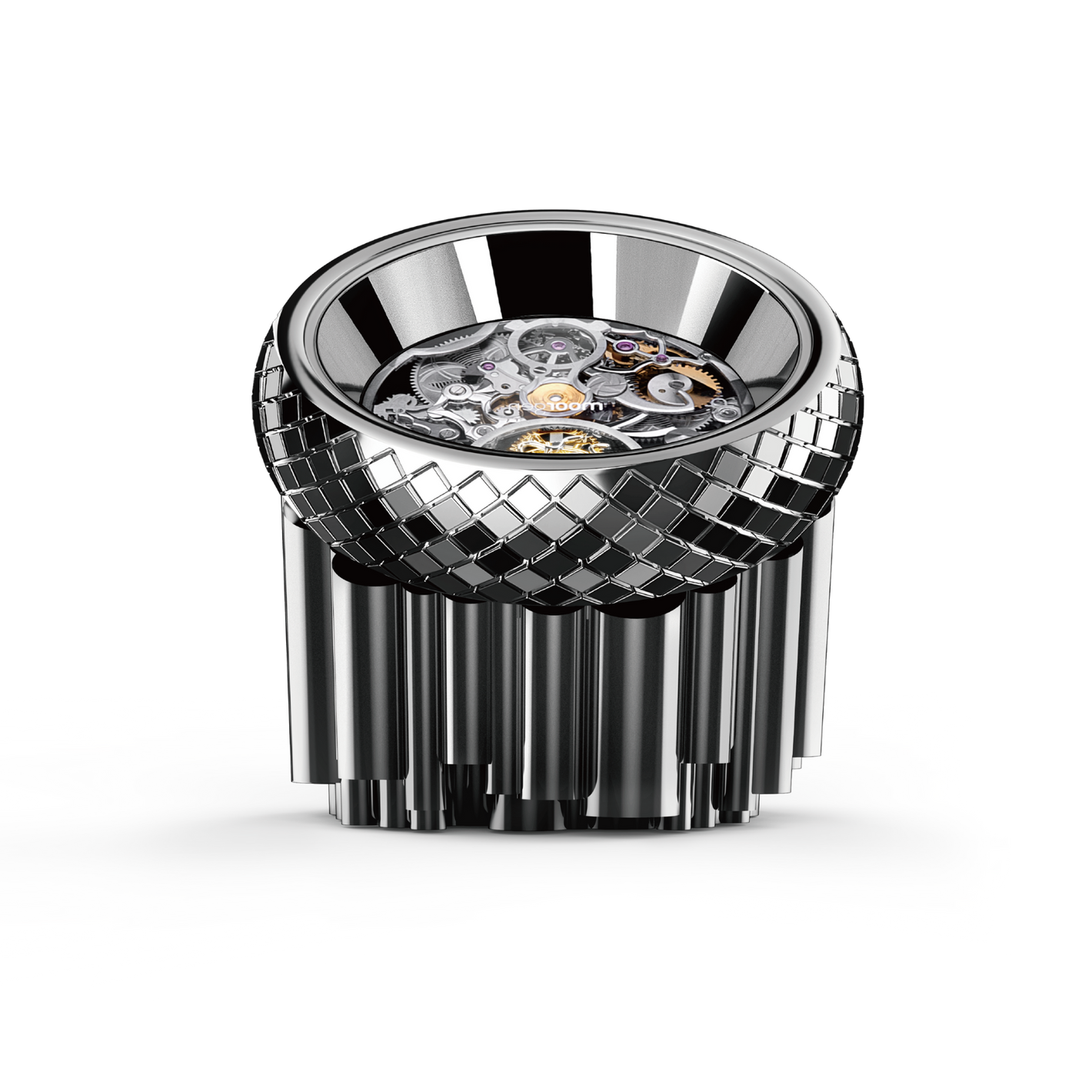Smart Home: Smart Toilet Buying Guide 2024
Using the toilet is a daily necessity, and the experience can significantly impact your quality of life. If you're considering purchasing a smart toilet, what essential criteria should you keep in mind? Here's a comprehensive guide.
Key Highlights of This Article:
- What is a smart toilet? What are its benefits?
- Four main functions of a smart toilet
- Types of smart toilets
- Heating methods
- Flushing methods
- Tank designs
- How to choose a smart toilet?
- Features to consider when buying a smart toilet
- Do you need a smart toilet in your home?
What is a Smart Toilet? What Are Its Benefits?
A smart toilet can be considered a remarkable technological innovation. Features like automatic cleaning, heated seats, and warm air drying can provide a comfortable toilet experience. Some models come with night lights, making them particularly suitable for households with elderly individuals, children, or women. Additionally, adjustable water flow can save water, making smart toilets more eco-friendly and cost-effective. Antibacterial designs also offer peace of mind for those with anorectal diseases.
Four Main Functions of a Smart Toilet
Modern smart toilets come with various features, but the core functions revolve around four main areas: heated seats, deodorization, drying, and electronic/sensor controls.
Heated Seats
An ideal smart toilet should offer adjustable temperature settings, ranging from room temperature to around 40°C. This ensures users can set the seat temperature according to their personal needs and the weather, providing comfort even in winter.
Deodorization
For those living with family members, a smart toilet with deodorization features can be a game-changer. These toilets often come with an exhaust system that directly removes odors from the toilet and purifies the air before releasing it, keeping the bathroom fresh.
Drying
After cleaning, some smart toilets offer a warm air drying function, reducing the need for toilet paper.
Electronic/Sensor Controls
For households with elderly or pregnant individuals, sensor control features are especially practical. These toilets can detect the user's presence and automatically lift the lid.
Types of Smart Toilets
Different brands offer various smart toilet models with distinct operation modes. The primary considerations include heating methods, flushing methods, and tank designs.
Heating Methods
Smart toilets generally use one of two heating methods:
- Instant Heating: Heats the seat immediately through built-in components, usually located under the seat. This method ensures quick and even heating as soon as the user sits down.
- Storage Heating: Uses components like heating plates or tubes to repeatedly heat stored materials. When the user sits down, these materials release heat, maintaining the seat's warmth.
Flushing Methods
Smart toilets mainly employ one of two flushing methods:
- Direct Flush: Uses compressed air and water flow to push waste out, featuring a simpler, shorter pipe design.
- Siphon Flush: The mainstream flushing method, using an S-shaped pipe design to remove waste through a combination of water flow and suction.
Tank Designs
Smart toilets can either have a tank or be tankless:
- With Tank: A traditional design where the tank stores a fixed amount of water for flushing.
- Tankless: Directly connects to the building's water supply, providing water as needed.
For a deeper understanding of the advantages and disadvantages of different smart toilet types, refer to: [Smart Toilets: Instant Heating or Storage Heating? Pros and Cons of Different Types]
How to Choose a Smart Toilet?
With so many features and similar appearances among different brands, choosing a smart toilet can be daunting. Here's a breakdown of the key features to consider:
- Heating Method
- Instant heating offers energy efficiency and lower electricity costs but comes with complex installation and potential repair costs.
- Storage heating provides stable temperature but may require several minutes to reheat and consume more electricity.
- Flushing Method
- Direct flush is quick, simple, and hygienic but consumes more water and creates more noise.
- Siphon flush is quieter and more water-efficient but requires frequent cleaning to prevent bacterial growth.
- Tank Design
- Toilets with tanks ensure thorough cleaning with stable water pressure and are easier to maintain but may take up more space.
- Tankless designs save space and are more hygienic but require additional installation steps.
- Nozzle Design
- Smart toilets come with bidet nozzles made of materials like plastic, stainless steel, or ceramic to prevent rust. Automatic cleaning features are a plus for hygiene.
- Water Flow Design
- Adjustable nozzles for front and rear cleaning, with adjustable water flow and direction, are essential. Some models include filters to ensure clean water.
Do You Need a Smart Toilet in Your Home?
Smart toilets range from a few thousand to over twenty thousand dollars. When considering a purchase, think about the features that suit your family members, usage habits, bathroom space, and budget. Choose a reliable distributor that offers maintenance services to avoid unnecessary repair costs.
After reading this Moorgenzine article, you should have a better understanding of how to choose a smart toilet. If you have any questions about smart toilets, feel free to contact Moorgen. To experience the benefits of smart home products firsthand, visit Moorgen's showroom in North Point, Hong Kong, and discover true smart living.
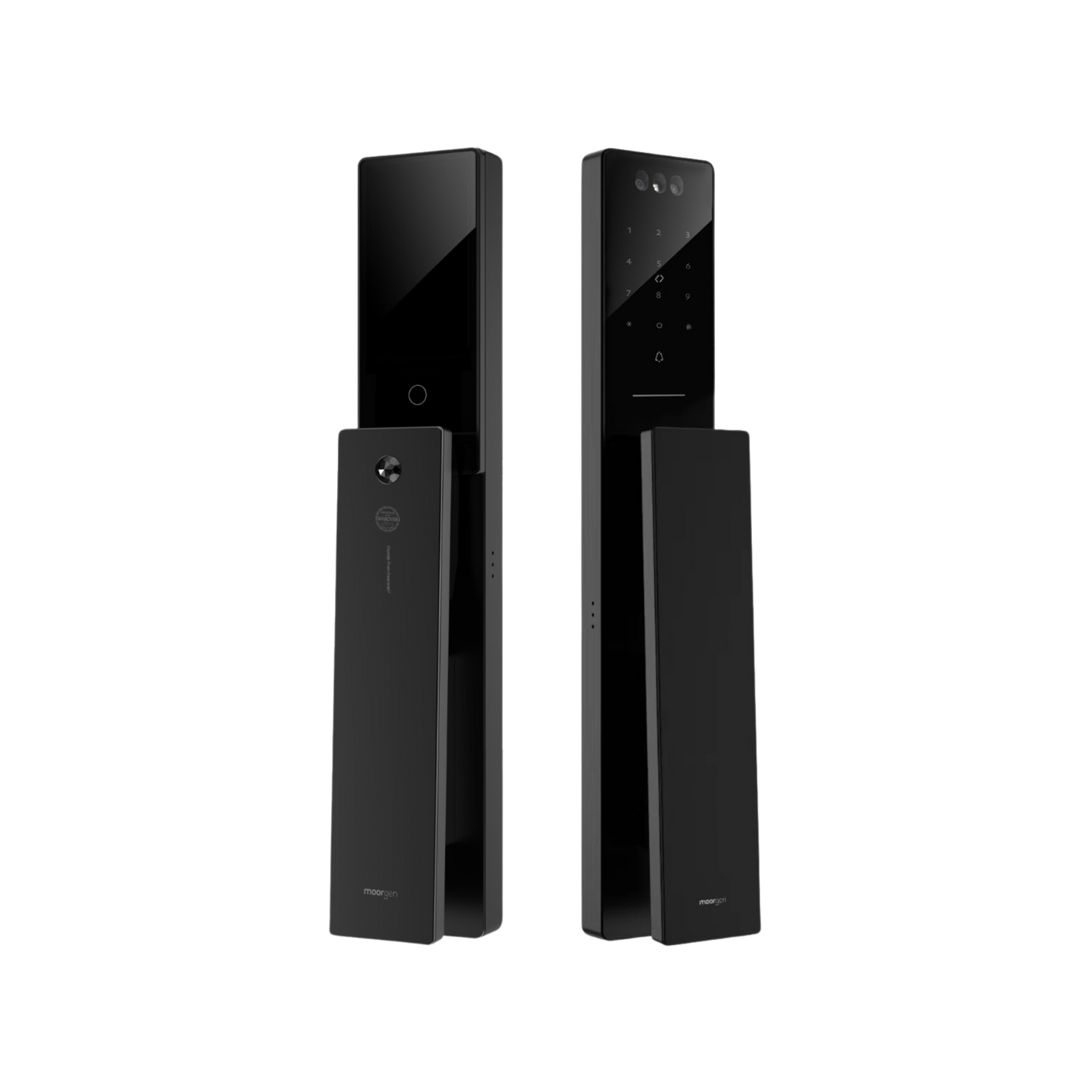

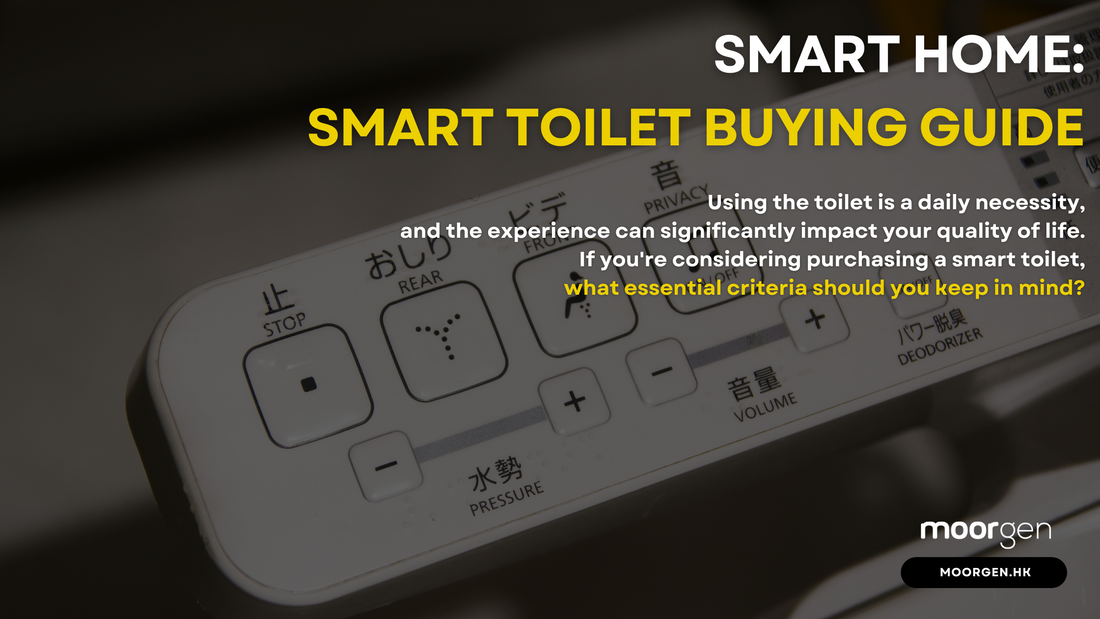
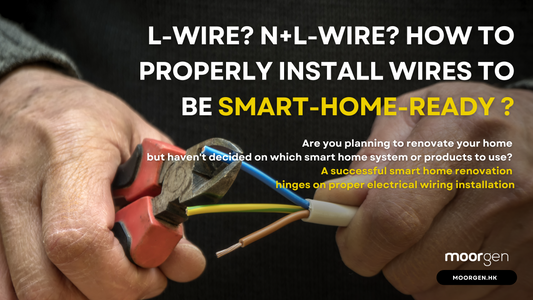

![[Smart Living] How to Choose a Smart Power Strip? Swift Transform Your Home into a Smart Home!](http://moorgen.hk/cdn/shop/articles/blog_cover_moorgen_how_to_choose_smart_power_strip.png?v=1728137093&width=533)
![[Smart Living] How to Choose LED Bulbs? Which Ones Are the Most Energy-Efficient?](http://moorgen.hk/cdn/shop/articles/blog_cover_moorgen_how_to_choose_led_bulbs.png?v=1728136975&width=533)
![[Smart Living] How to Choose an Instant Hot Water Dispenser and Use It Efficiently?](http://moorgen.hk/cdn/shop/articles/blog_cover_moorgen_how_to_choose_instant_hot_water_dispenser.png?v=1728136837&width=533)
![[Smart Living] 5 Energy-Saving Tips for Electric Kettles](http://moorgen.hk/cdn/shop/articles/blog_cover_moorgen_energy_saving_tips_electric_kettles.png?v=1728136710&width=533)
